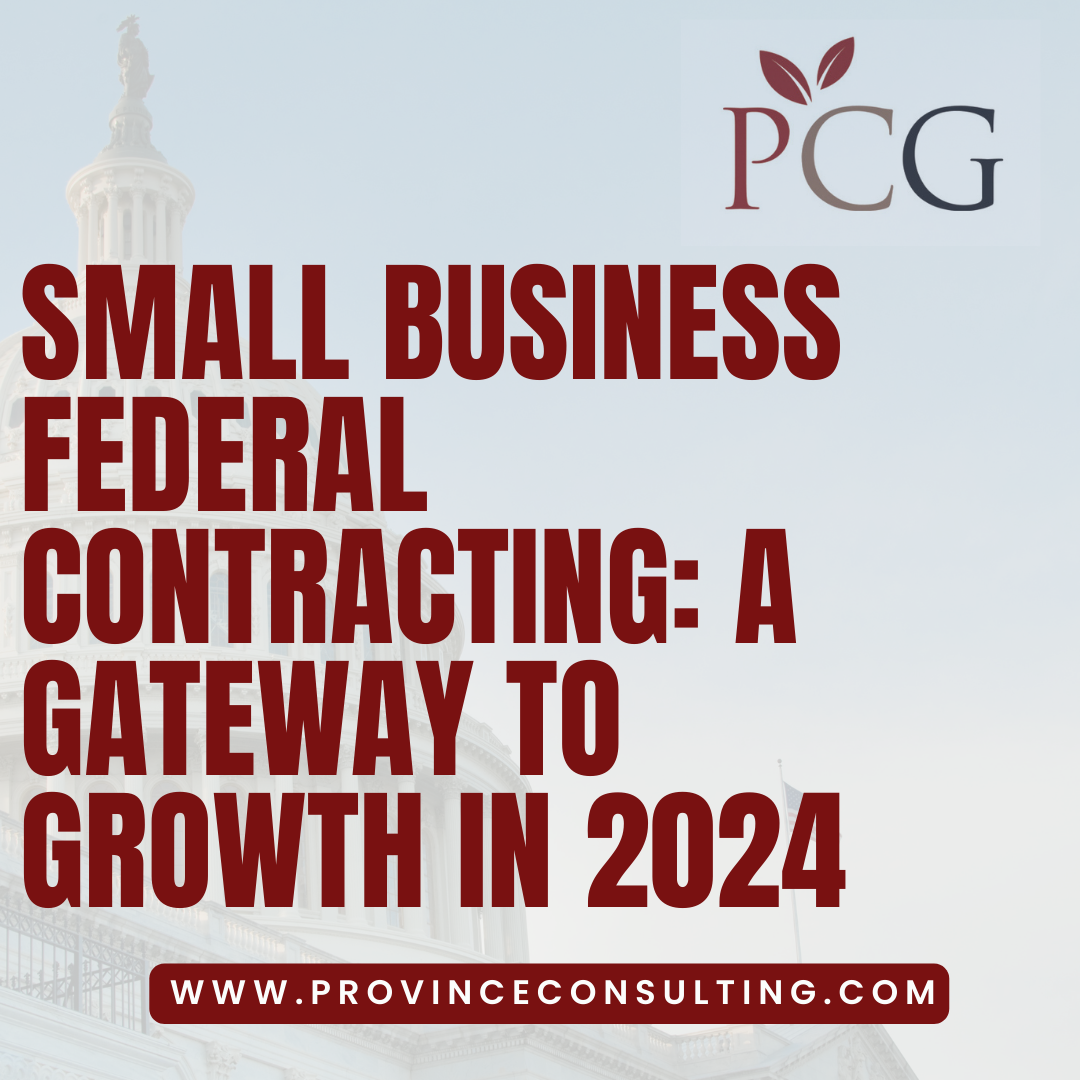In the dynamic landscape of government contracting, 2024 continues to follow the pattern of the previous year, the soaring trajectory of opportunities for small businesses in the contracting arena.
Small Business growth in contracting isn’t just a passing phase; it’s a steady, resolute ascent that’s rewriting the narrative of procurement dynamics. Per a DelTek study, there has been a 49 percent growth rate in small business contracting, compared to 24 percent growth in the ‘other than small’ category.
Rapid Momentum in Small Business Contracting
Contrary to the conventional belief that larger enterprises hold the reins, statistics underscore a different reality. Small businesses are not just making headway; they’re driving the growth engine that’s both rapid and consistent. That said, many companies categorized as “small” don’t represent small businesses. For example, a $40M company classified as a small business has access to resources that well exceed the access of the micro-business.
However, consider the established rule that every federal government purchase between $10,000 and $250,000 is automatically set aside for small businesses as long as at least two firms can provide their product or services at a reasonable price. From $250k to $750k, not only must the business be classified as small, but the contracting officer must first consider 8(a), HUBZone, SDVOSB, and WOSB’s first. This requirement is a “sweet spot” for many smaller, disadvantaged businesses looking to enter or expand in federal contracting.
Finding federal contracting opportunities in the $250,000 to $750,000 range requires a strategic approach. Here are some tips to help you identify and pursue these opportunities effectively:
Utilize Government Databases:
Leverage online platforms like beta.SAM.gov to search for contracts within your preferred range. Use filters to narrow down opportunities that align with your capabilities and interests.
Set Up Automated Alerts:
Create customized alerts on government contracting websites to receive notifications about opportunities within your specified financial range. This ensures you stay informed about new opportunities as soon as they are posted.
Focus on Small Business Set-Asides:
Many contracts in this range may be set aside for small businesses. Ensure your business qualifies for relevant certifications and actively seek out set-aside opportunities.
Understand NAICS Codes:
Clearly define your business’s capabilities by selecting the appropriate NAICS (North American Industry Classification System) and Product Service (PSC) codes. This helps you narrow down opportunities that align with your expertise.
Network with Procurement Officers:
Attend industry events, webinars, and networking sessions to connect with procurement officers. Establishing relationships with key decision-makers can provide insights into upcoming opportunities in your target range.
Collaborate with Prime Contractors:
Partnering with prime contractors on more significant projects often involves subcontracting opportunities in the $250,000 to $750,000 range. Explore teaming arrangements to access these contracts.
Monitor Agency Forecast Reports:
Review agency forecast reports to identify upcoming projects. Many agencies publish their procurement forecasts, informing you of potential opportunities well in advance.
Attend Industry Outreach Events:
Participate in industry outreach events organized by government agencies. These events provide valuable information about upcoming projects and offer networking opportunities.
Engage with Small Business Liaison Officers (SBLOs):
Most government agencies have SBLOs dedicated to helping small businesses. Contact them for guidance, information on upcoming opportunities, and advice on positioning your business effectively.
Build a Strong Online Presence:
Maintain an updated and comprehensive online presence. Government agencies often research potential contractors, so having a professional website and profiles on platforms like LinkedIn can enhance your visibility.
Stay Informed About Budgets and Priorities:
Keep abreast of federal budget allocations and agency priorities. Understanding the broader context can help you identify areas where funding will likely be allocated for contracts within your specified range.
By combining these strategies, you can enhance your ability to find and pursue federal contracting opportunities that are more likely to be contracted to smaller businesses, positioning your firm for success in government contracting.

